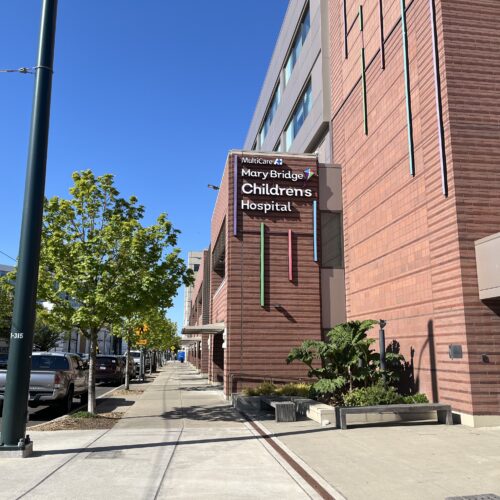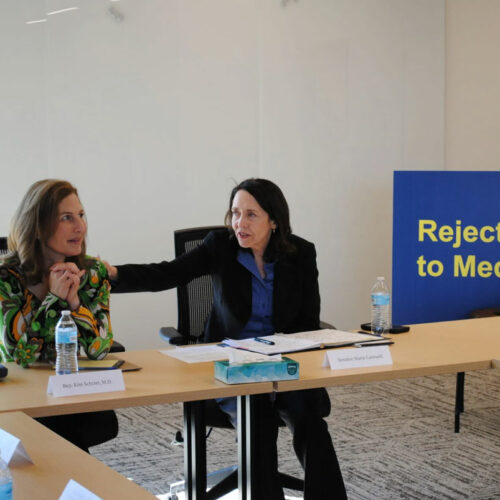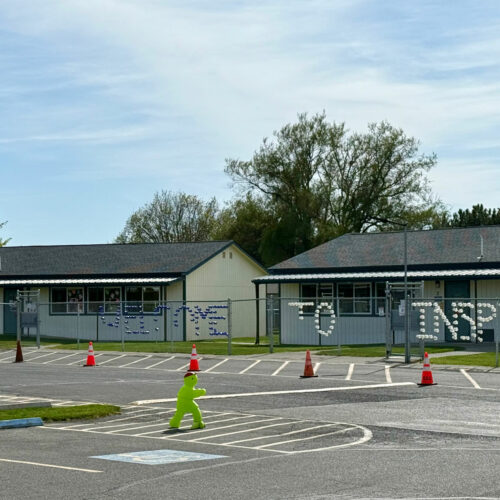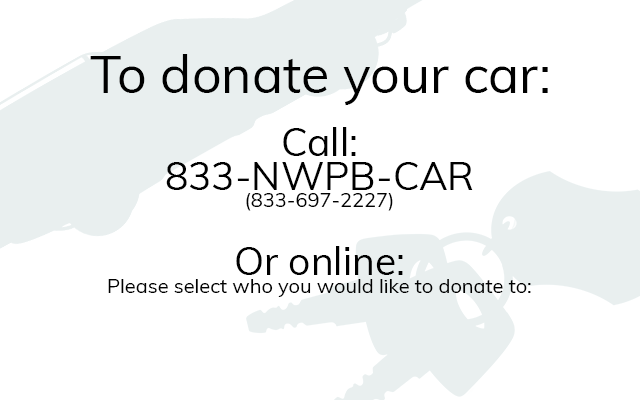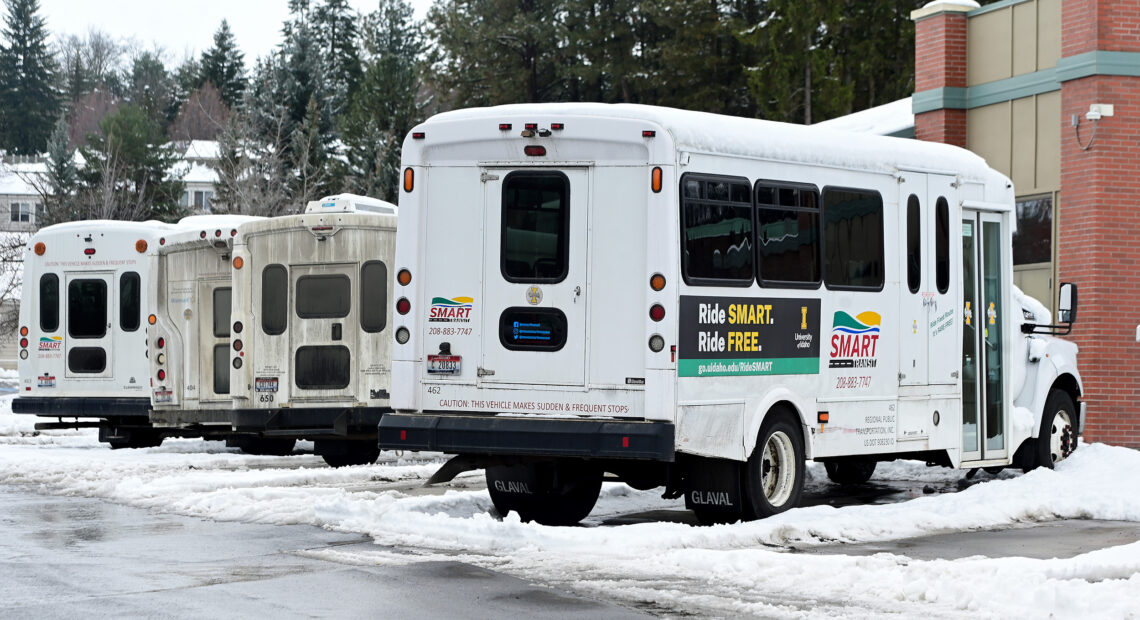
Smart Transit director says he’s working to improve vehicle maintenance, customer communication
Listen
(Runtime 1:16)
Read
A three-day service outage earlier this month at the Moscow-based nonprofit Smart Transit was caused by a lapse in insurance coverage, said Casey Green, the organization’s executive director.
The outage, which Green estimates may have affected over 200 people, happened between Jan. 31 and Feb. 3. He said he’d been working with an insurance broker to get new coverage after being dropped by their previous provider for having too many claims.
Green, who started at Smart Transit in August 2024, said he was not provided a list of the number or type of claims, but had been working with a brokerage house to find new insurance.
“About two weeks prior to that end date they told me they acquired a policy,” Green said.
He said he was told the new policy would go into effect imminently. One day before it expired, Green said, he was notified there would be a lapse in coverage.
The service outage it caused, he said, affected two fixed routes that include stops at grocery stores, downtown Moscow, the University of Idaho campus and local health clinics.
It also impacted Smart Transit’s Dial-a-Ride service, which provides transportation for seniors and people with disabilities.
Dial-a-Ride usually covers between 60 to 80 trips for locals each day, Green said. Some of those include multiple trips for the same individuals.
Green said staff started contacting customers for Dial-a-Ride the night before the service outage, and provided assistance finding alternate transportation.
Press releases were sent to local news agencies and community partners that same evening. However, Green said, there isn’t a way currently to directly contact customers who use their two fixed routes.
Smart Transit would normally use its social media channels to alert riders about changes to the regularly scheduled routes, Green said. But he’s been unable to access those pages because they were run by a past employee who is no longer with the organization.
Smart Transit also acquired rights to a new transit management software called Passio roughly a year ago, he said, which would allow riders to get updates through an app on their phone. But the organization has yet to implement the technology because staff still need to be trained how to use it.
Green said he believes communication issues before he started may have led to inconsistencies in leadership and staffing that caused some of those problems.
“ I don’t know how it went before I got here, but I’m looking at the remnants of it,” he said. “I thought there were some shortcomings there, or else people would still be here.”
Green is also facing challenges when it comes to maintaining Smart Transit’s fleet of 15 vehicles, several of which are in some state of disrepair. For instance, some are running without heat through the winter months.
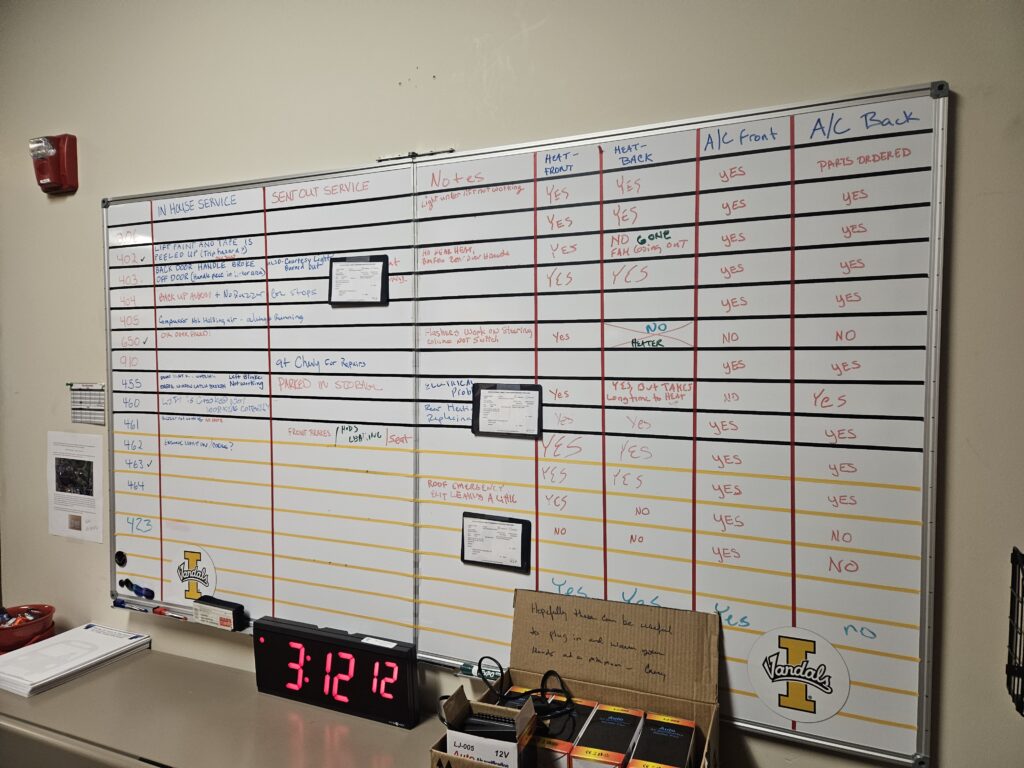
A whiteboard at Moscow’s Intermodal Transit Center shows the repair status of various vehicles in the Smart Transit fleet. As of early February, there were several vehicles that did not have heat, or only had heat in the front. (Credit: Rachel Sun / NWPB)
A whiteboard at the transit center tracks the repair status of every vehicle, with columns for in-house service, those sent out for repair and whether there’s functioning heat and AC in the front and back of the vehicles.
As a holdover, Green keeps a box of plug-in heaters so at least drivers can stay warm. He said he knows it’s not ideal, but finding technicians to service the vans is difficult.
Green said he plans to purchase new vehicles and create a procurement schedule, but he doesn’t have a clear timeline of when that will be. Acquiring new vehicles takes months due to the lengthy manufacturing process and demand for such vehicles across the country, he said.
Smart Transit has access to just under $1 million in funding to buy new vans through various grants, Green said, plus some reserves of their own.
“Any day now I’m going to be purchasing probably four new vehicles for this agency,” Green said. “Unfortunately, those have to be manufactured still, and they have to be customized, and they have to be delivered. And the current estimates for those types of deliveries are nine months out.”
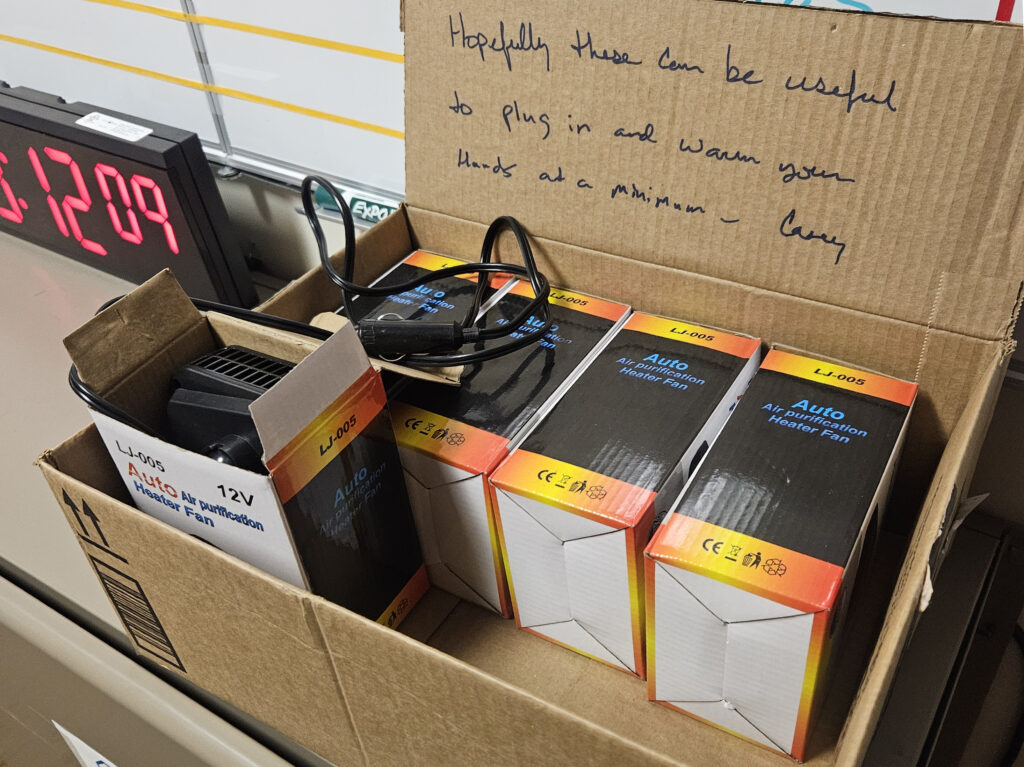
Plug-in heaters sit on a table for Smart Transit drivers to use if they need to use a vehicle that doesn’t have a functional heater. Casey Green, the organization’s executive director, says the move is a stopgap until more heaters can be fixed. (Credit: Rachel Sun / NWPB)
Green said Smart Transit’s board has been a supportive resource for him as he steps into the new role. What he needs to address the current challenges, he said, is clear communication from both the board and community partners.
“ I have high expectations for myself, but I also have high expectations of my staff,” he said. “So, I have to communicate those needs to them clearly, so they can service us better and service the people that we’re here for in a much safer and consistent manner.”




